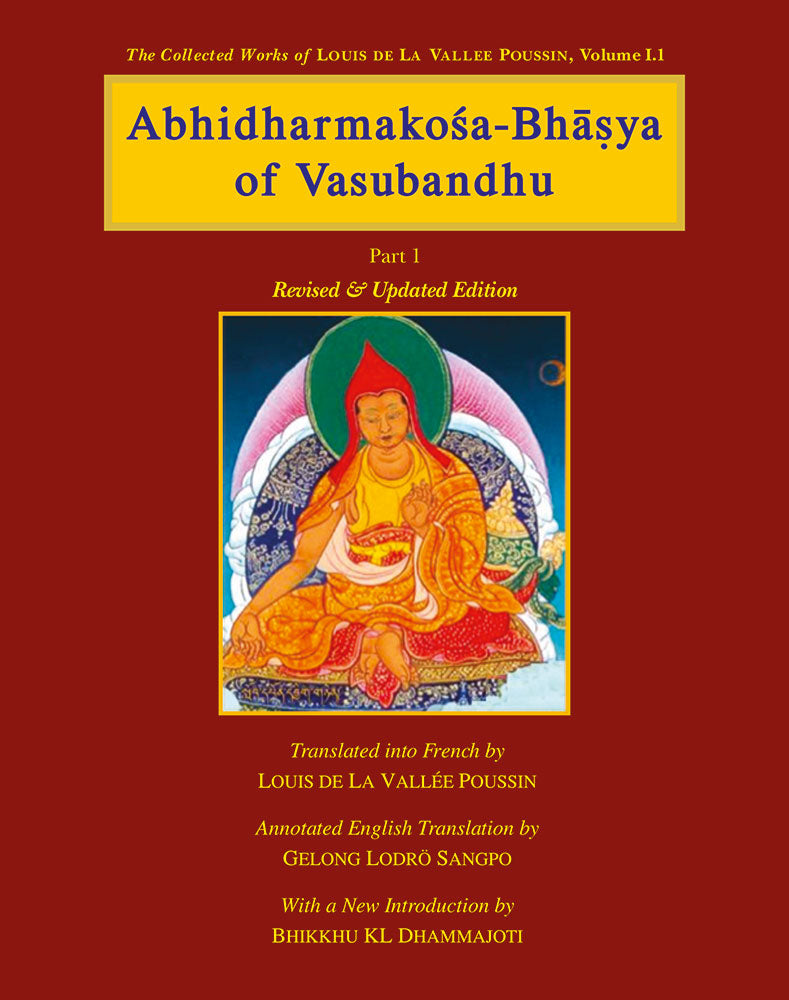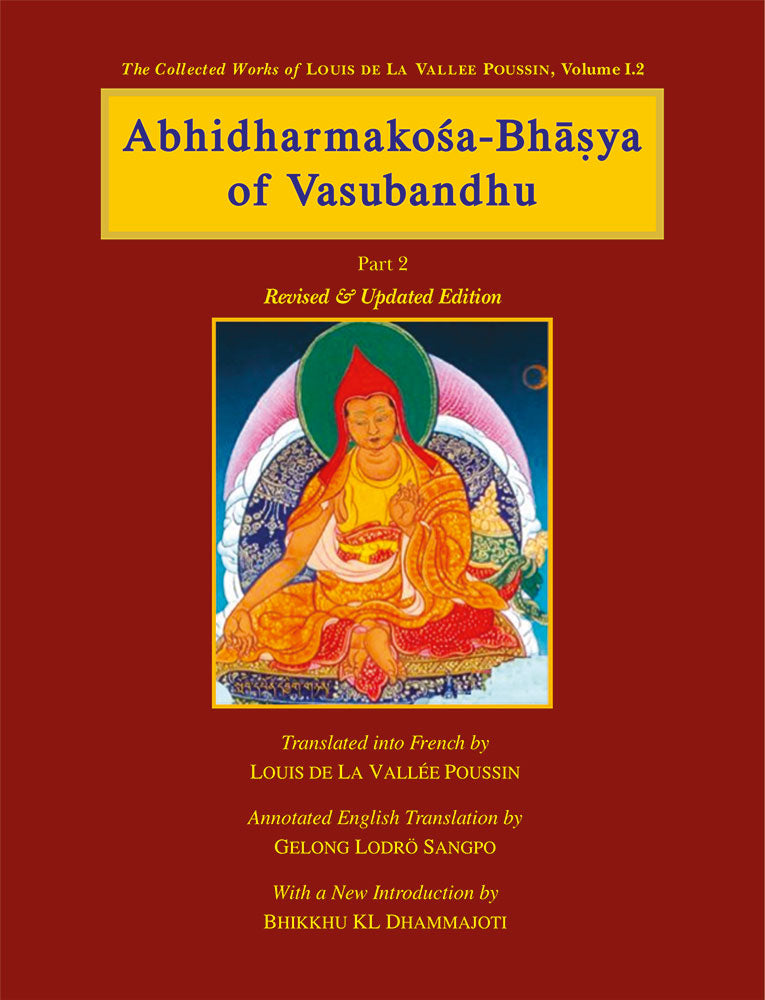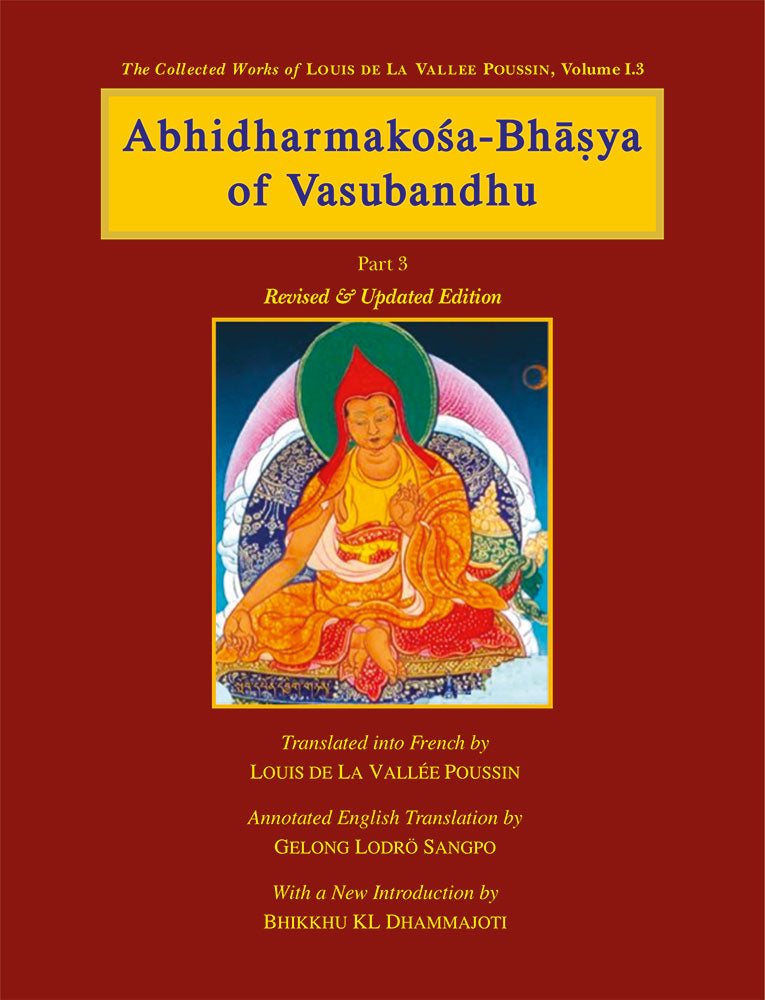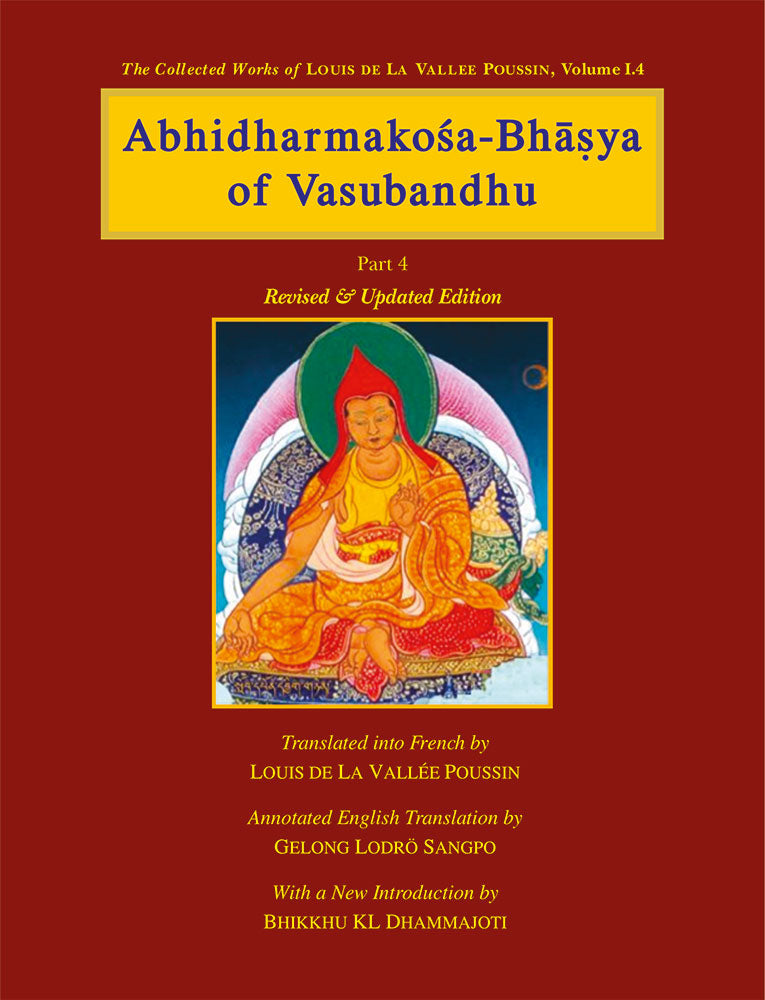Abhidharmakosa-Bhasya of Vasubandhu (4 Vols.): The Treasury of the Abhidharma and its (Auto) Commentary
Abhidharmakosa-Bhasya of Vasubandhu (4 Vols.): The Treasury of the Abhidharma and its (Auto) Commentary is backordered and will ship as soon as it is back in stock.
Couldn't load pickup availability
Vasubandhu's Abhidharmakosa-Bhasya (ca. 380-390), besides its culminating achievement in streamlining the overall structure of the exposition of the preceding Abhidharma manuals, is unmatched by any of the preceding manuals in respect of its comprehensiveness-incorporating all important Vaibhasika doctrines since the time of the Abhidharma-mahavibhasa-of its excellent skill in definition and elucidation, and of its ability to clarify the difficult point involved in doctrinal disputations.
Added to these qualities is its great value as a brilliant critique and insightful revaluation of all the fundamental Sar-vastivada doctrines developed up to its time.
Since its appearance, it has been used as a standard textbook for the understanding of not only the Abhidharma doctrines but all the fundamental Buddhist doctrines in general.
Translated into Chinese by Paramartha in 563 A.D. and by Hsuan-tsang in 651-654 A.D., Hsuan-tsang's disciple P'u-kuang tells us that in India the Abhidharmakosa-Bhasya was hailed as the 'Book of Intelligence'. In China, Japan and the Far-east, too, the Kosa has generally been highly treasured as a textbook of fundamental importance for Buddhist studies.
Vasubandhu's brilliant critique of the doctrines of the Vaibhasika was answered by the equally brilliant Samghabhadra - a contemporary staunch defender and expounder of the doctrines of the Vaibhasikas - in his masterwork, the Abhidharmanyayanusara, now extant only in Hsuan-tsang's translation (653-654 A.D.).
The Sanskrit text, considered for a long time to be irremediably lost, was discovered by Rahula Samkrtyayana in 1935 in the Tibetan monastery of Ngor and was published by P. Pradhan in 1967 (1st edition).
Review(s)
About the Author(s)
-
Edition
-
Language










